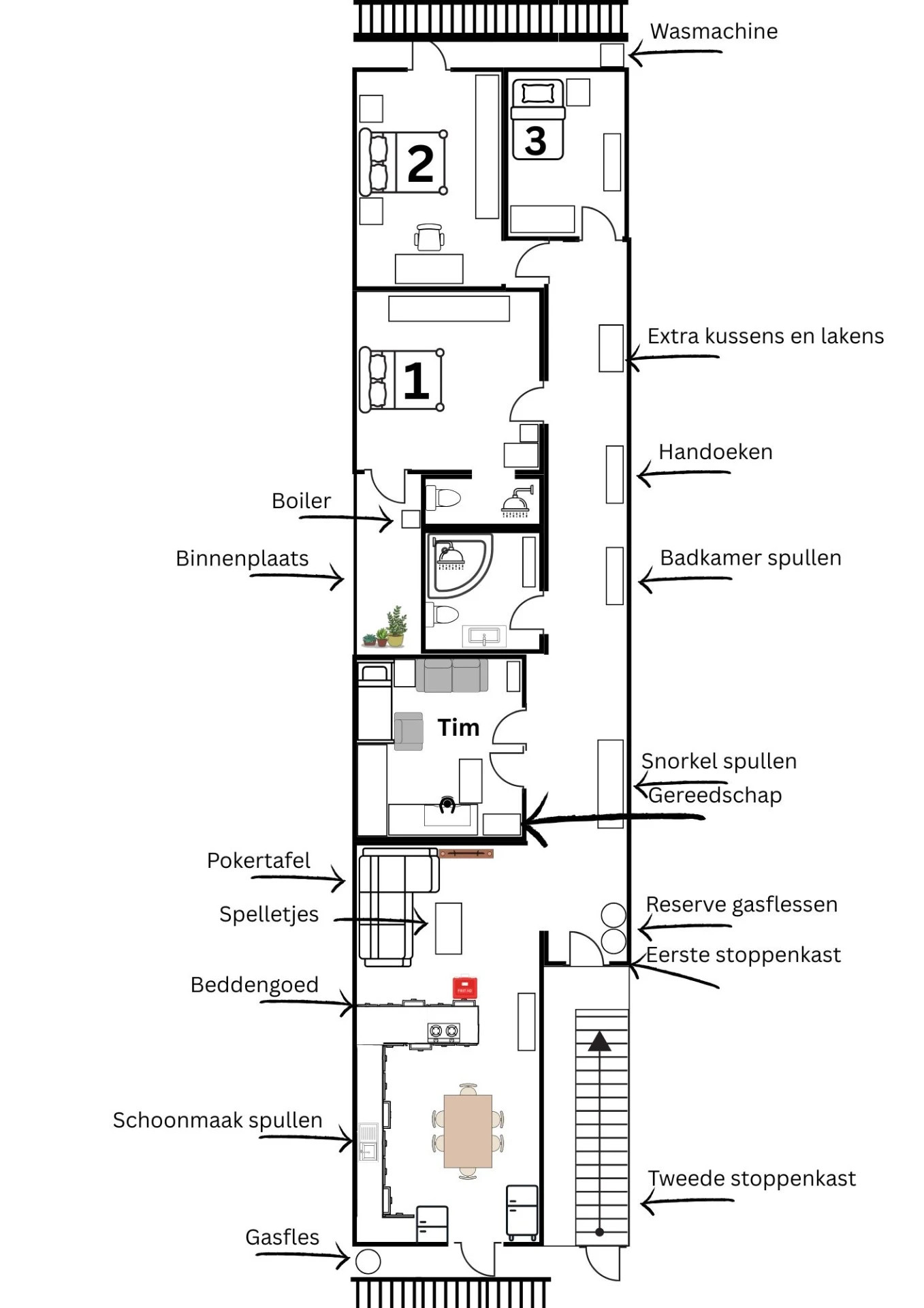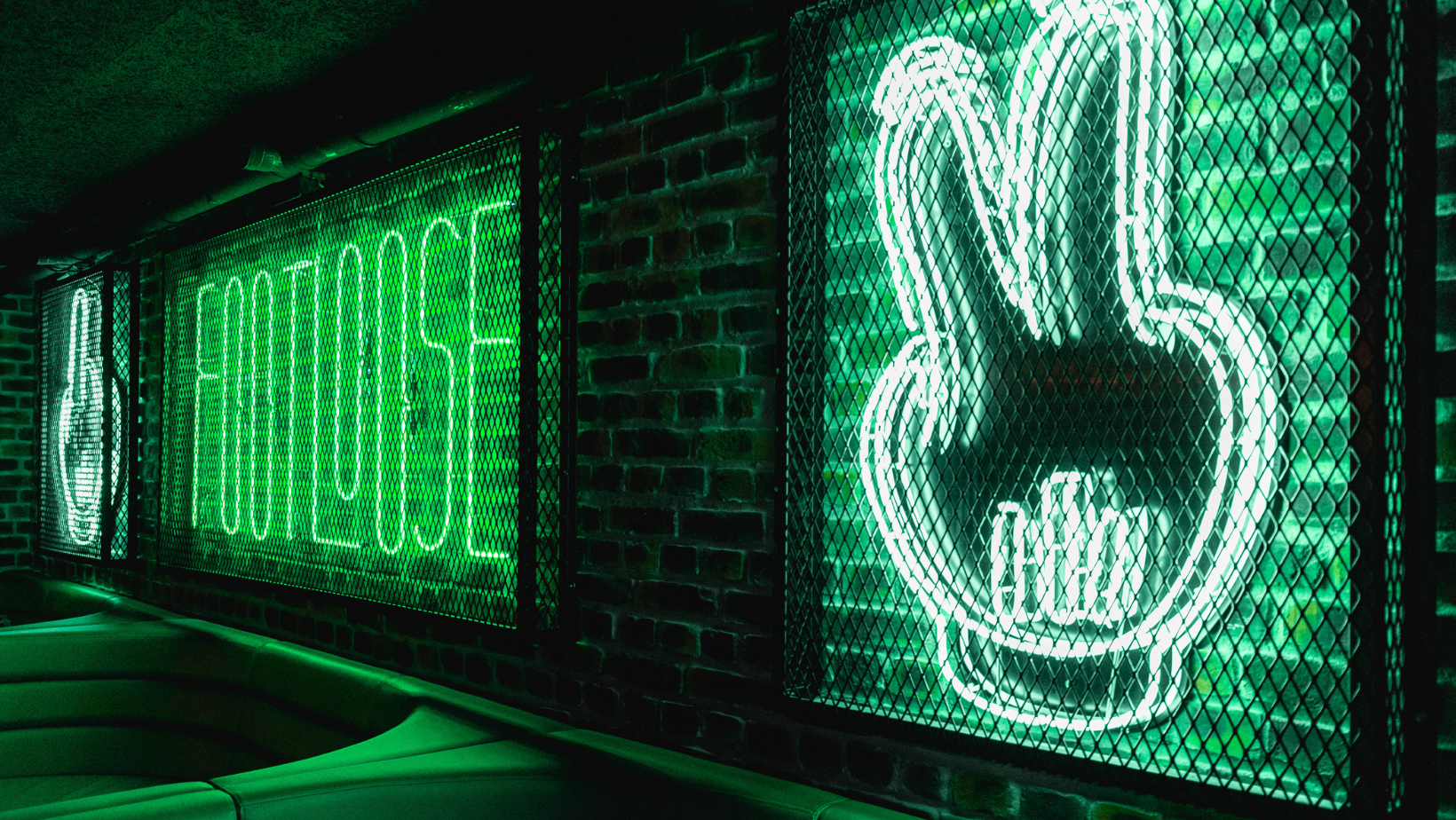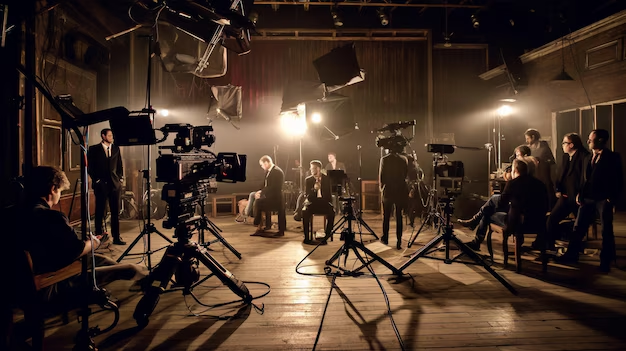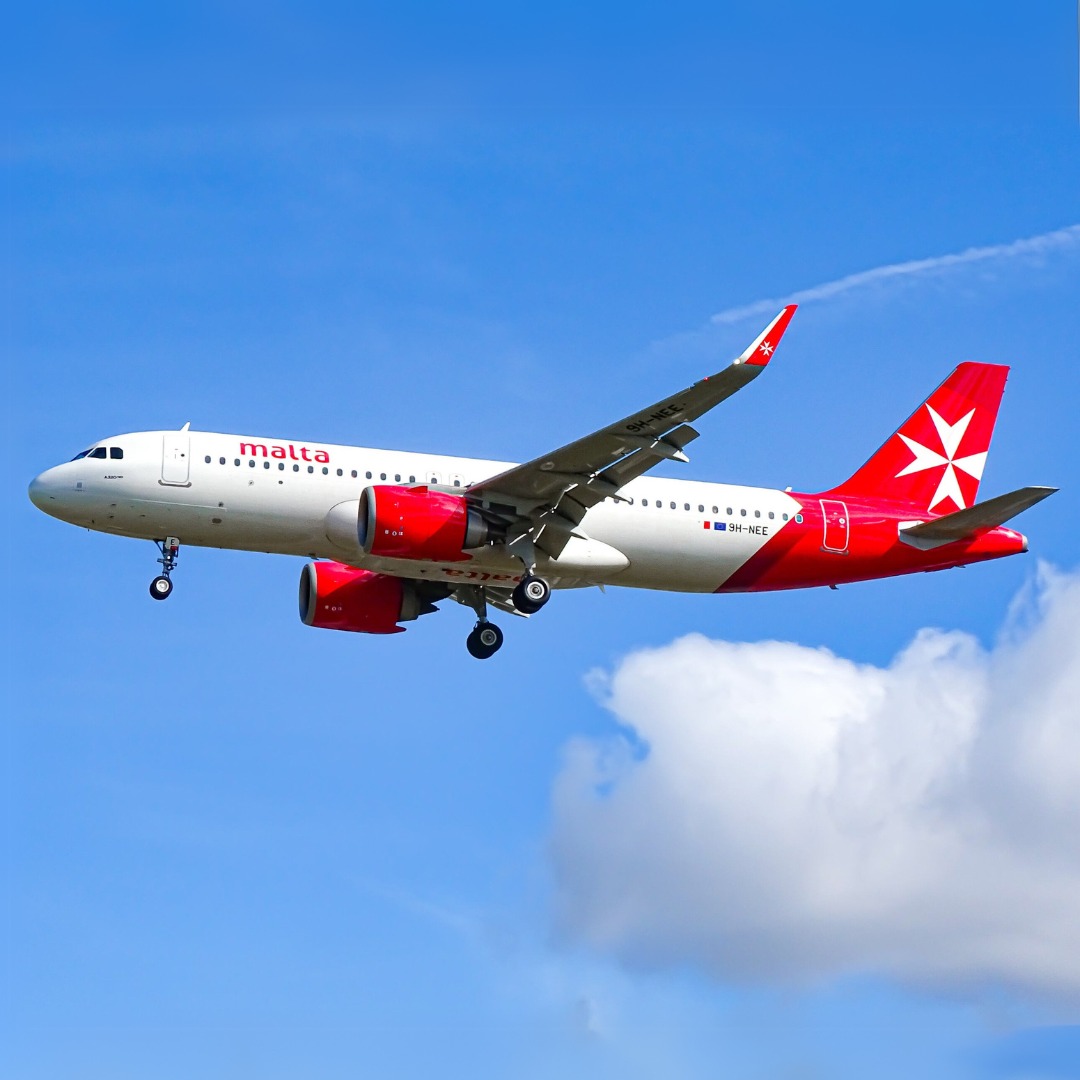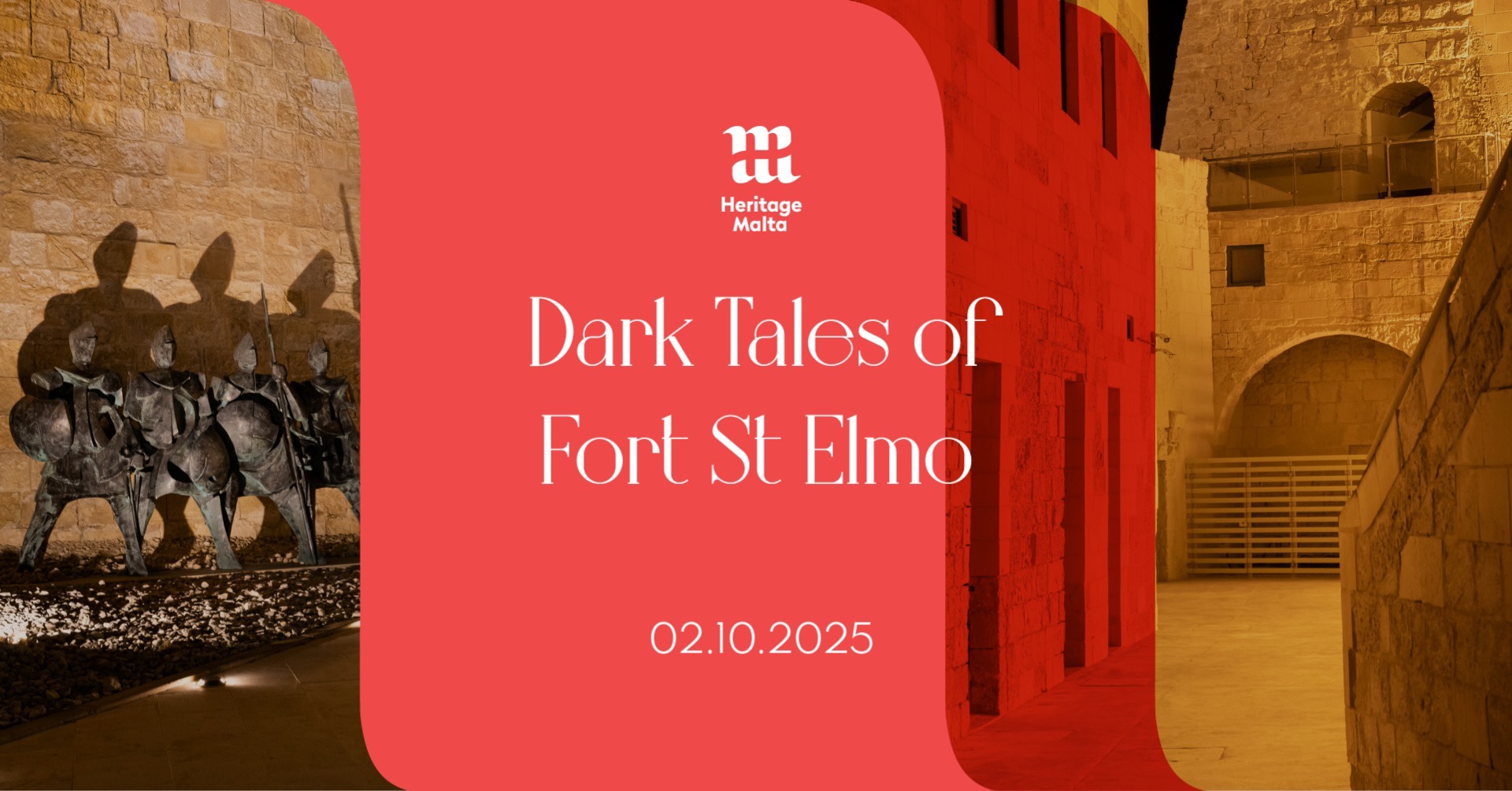Ben jij een Nederlandstalige student die binnenkort naar Malta komt voor studie, stage of een tussenjaar? Dan hebben we goed nieuws: in het NEDMALTA Studentenhuis in Naxxar komt vanaf januari 2026 nog precies één kamer vrij. En geloof ons… dit wil je niet missen!
Secret tunnels, crypts, shelters, train station hidden under Valletta
But the most fascinating feature in underground Valletta remains the sewage system

It would have been unbecoming of the Inquisitor of Malta to be seen at the Manoel Theatre, so rumour has it he would be escorted along an underground tunnel from his Vittoriosa palace to a spot just under the theatre.
There, he would sit on an armchair that can nowadays be found at the San Anton Gardens and listen to the performance incognito.
But until that tunnel is located, this folk tale will remain just that - a folk tale, unlike the documented Chapel of Bones, which, architect Edward Said believes remains buried not far from the remains of the Nibbia chapel, dedicated to Our Lady of Mercy, in Valletta.
Contrary to popular belief, the Chapel of Bones and the Nibbia chapel are not the same thing, Said explains. While the remains of the former are completely underground and could one day be located with the right equipment, part of the other funerary chapel, built by Knight Giorgio Nibbia, is visible to the naked eye in the parking lot of Evans building.
It is not excluded that under these ruins there is also an ossuary, holding the remains of bones unearthed from nearby cemeteries.
Said notes that the Chapel of Bones - essentially a crypt - was built underground, close to the Holy Infirmary of the Knights of St John's operating theatre.
It was common, in Victorian times, for crypts in continental Europe to be decorated with bones. The crypt soon turned into a tourist attraction and was quite popular with visitors until it was closed in the early 20th century.

Around the same time that it was closed to the public, a new primary school was built for Valletta children but soon after, it was completely destroyed by enemy action.
"When rubble was cleared and new roads were paved, the Chapel of Bones was completely buried underground. I believe, and I've seen war footage that confirms my theory, that the Chapel of Bones still survives, least in part, underground.
"Separately, whatever remained of the 17th-century Nibbia chapel was pulled down for 'safety' reasons. Nowadays, incorrect signage points at these remains as the Chapel of Bones.
"The fast-decaying lower courses of the Nibbia chapel include a symbolic sarcophagus, which I urge the authorities to preserve before it is too late. And with the right equipment, we should also be able to trace the Chapel of Bones, close by."
'A tale of the shaping and evolution of underground Valletta'
Said has carried out extensive research of the intriguing capital's underground.
"I started researching Valletta's sotterani in 2005 for my architecture undergraduate thesis. Back then, references were scarce and information fragmented, so I carried out lots of research on the ground, knocking on people's doors and requesting access to public and private buildings' nether spaces," he recalls.
Said's aim was not to create a catalogue, but rather, a "tale of the shaping and evolution of underground Valletta along the years" depending on the needs of the capital's residents.
Valletta's underground features include crypts, cellars, and war shelters, but the most popular feature remains the last train station of the railway system, with its entrance situated just beneath city gate.
Said noted that ideas to extend the underground service down to Fort St Elmo had also been floated at the time but the project never took off.
When its time serving as a train station was up with the phasing out of the railway service in 1931, the area was turned into an underground cinema and there was even a proposal to turn it into an ice-skating rink. However, it soon quite unexpectedly served as an air-raid shelter for 5,000 people.
After the war, the versatile space was turned into a garage, and it was only recently that it was transformed into parliamentary archives and conference rooms.
Fascinating sewage system'
But for Said, the most fascinating feature in underground Valletta is the sewage system, which first started taking shape when the Knights set their eyes on Mount Sceberras.
"It might not be appealing to many, but it was a very innovative system and similar to that in Rome. It was designed by engineers who also insisted on the building of wells under dwellings to store water not just for the households above but also as backup in case of a siege.
"One of the main challenges for these engineers was the topography, which included five valleys across the peninsula. The contractors of this mammoth project were Maltese, meaning the Knights relied on the skill and knowledge of local tradespeople who understood the Maltese resources and stone.
"We could learn a lot about the hard work, thought and technology invested in the building of the system."
The British went on to build on the Knights' sewage system, changing the flow and exit of drainage with the help of a pumping system.
Underground Valletta also hosts a separate hierarchy of passageways that led troops from the capital - through the ditch - into Floriana.
"Underground Valletta has always fascinated people, and tales about what lies underneath the capital are abundant.
"Some say there is a series of passageways leading from Valletta to Tigné Fort and Manoel Island, but these have never been located. Others claim there are huge rats and crocodiles living under the city. Perhaps a folklorist should carry out research into this matter."

Latest posts in our blog
Be the first to read what's new!
Veel Nederlanders die rond kerst en oud en nieuw in Malta verblijven, merken al snel dat de feestdagen hier nét even anders worden gevierd dan thuis. Hoewel Malta bekendstaat als een levendig eiland vol festiviteiten, gelden tijdens de winterperiode andere tradities, regels en gewoontes. In deze blog vertellen we je precies wat je wél en níet kunt...
GRATIS event - Bring your own food!
An Opportunity You Can't Miss!
Voor een nieuwe serie die momenteel in Malta wordt opgenomen, zijn we op zoek naar enthousiaste Nederlandse figuranten!
De scène speelt zich af in de legendarische Club IT in Amsterdam in de jaren '90 — denk aan housemuziek, fluorescerende kleding en een echte 90's vibe.
Malta lijkt dit jaar de herfst over te slaan. Terwijl in Noord-Europa de truien en regenjassen uit de kast komen, genieten de Maltezen en bezoekers van zomerse temperaturen tot wel 27°C. Volgens de populaire Facebookpagina Maltese Islands Weather start november met zon, lichte bewolking en zelfs strandwaardig weer.
Genoeg aanmelding dus hij is gepland! Koop je kaartje nu!
Goed nieuws voor Nederlanders op Malta
Op zondag 2 november 2025 nodigt Heritage Malta iedereen uit om de schaduwen van het verleden te betreden tijdens 'Dark Tales of Fort St Elmo'. Dit unieke avondprogramma brengt de meest aangrijpende momenten uit de Maltese geschiedenis tot leven – recht binnen de muren van een van de meest indrukwekkende forten van het eiland.
Na de geweldige Oranje-sfeer van 9 oktober, toen maar liefst ruim 2000 Nederlandse supporters in het stadion stonden voor de WK-kwalificatiewedstrijd Malta – Nederland, is het alweer tijd voor Round 2!



